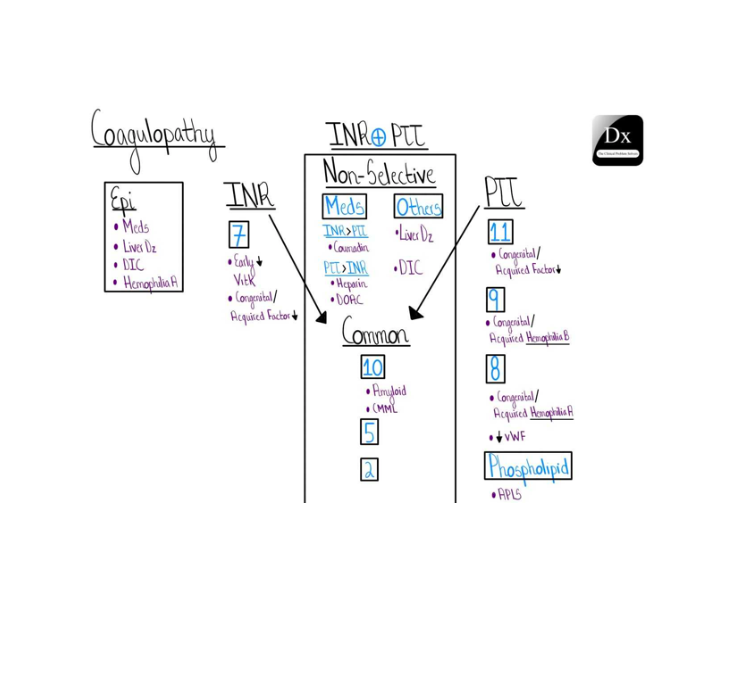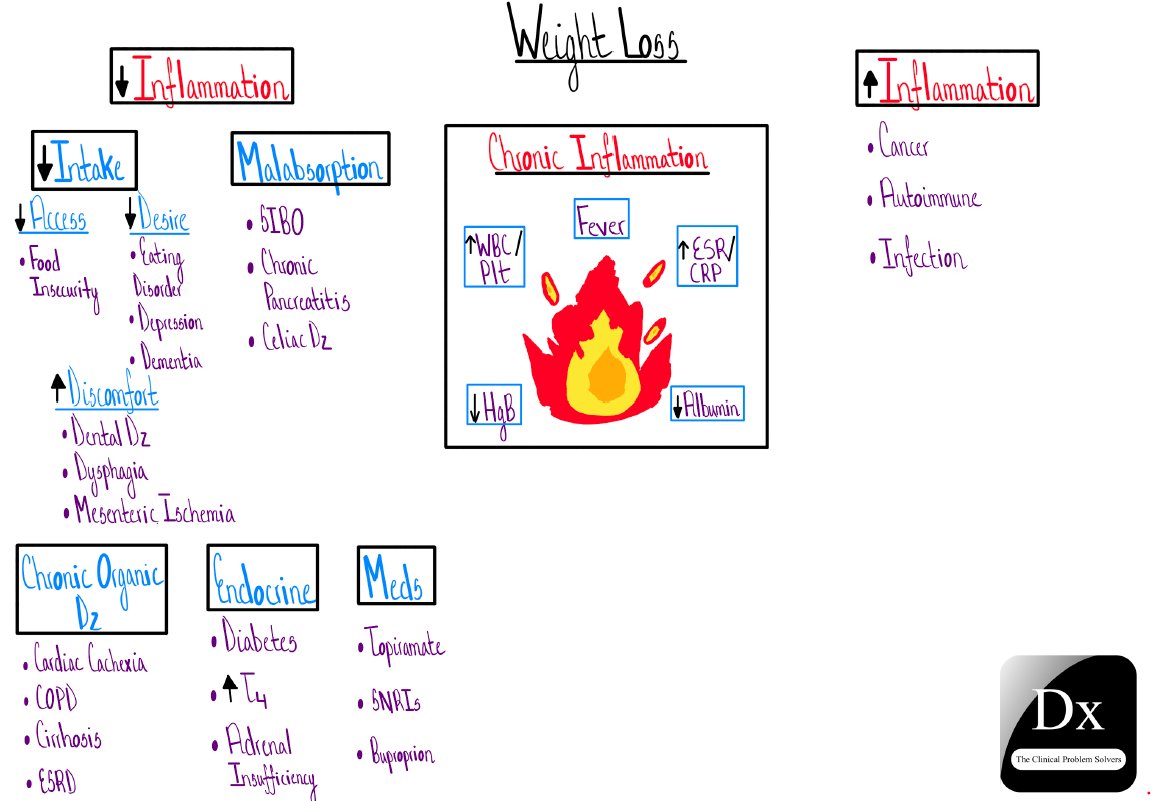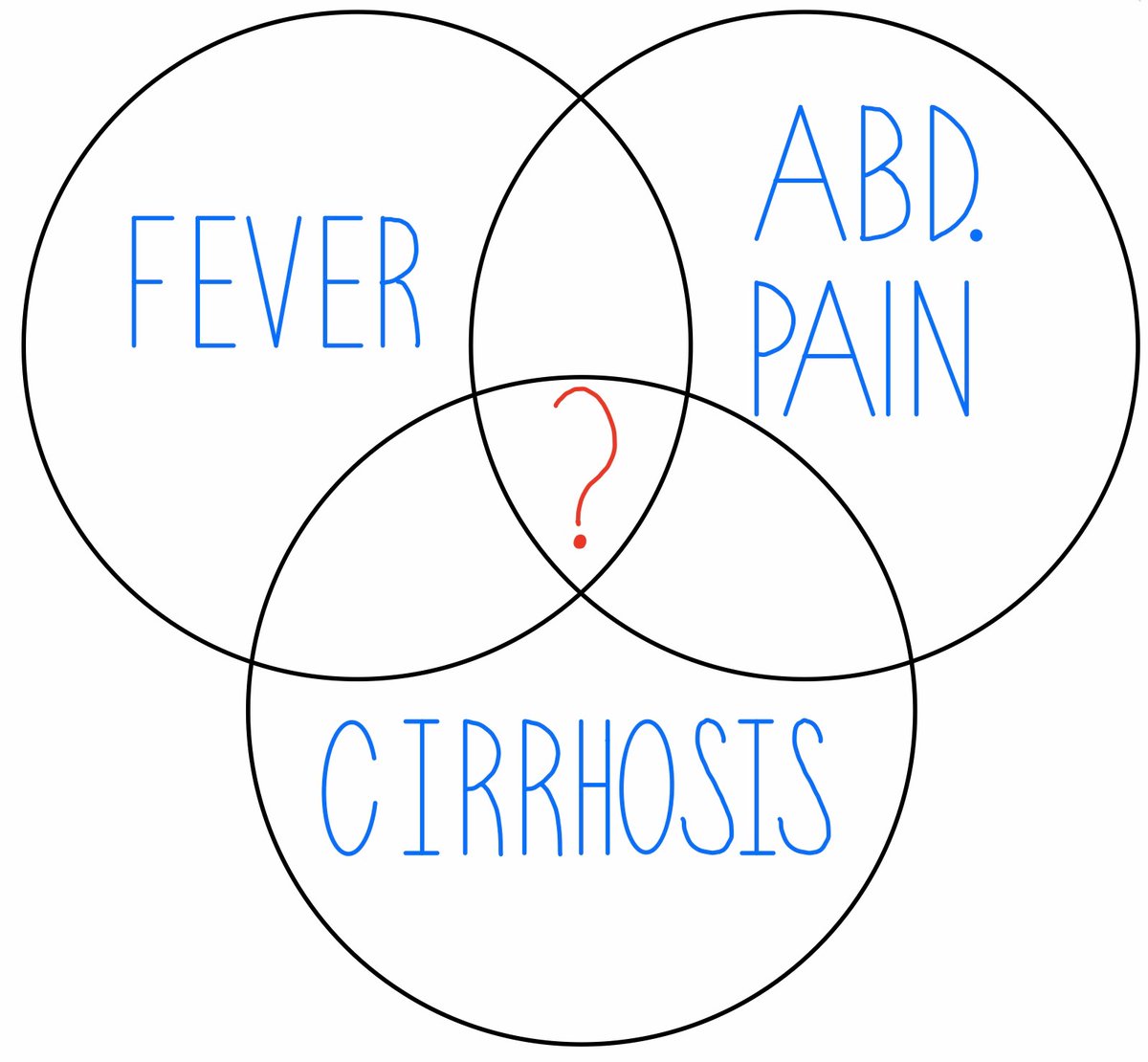
1/#MedTwitter, want to learn more about antiracism in medicine?
We encourage you to check out our Antiracism in Medicine series for deep dives on racism in medicine, structural inequities, police violence and health, and more.
The first 6 episodes are available here:
We encourage you to check out our Antiracism in Medicine series for deep dives on racism in medicine, structural inequities, police violence and health, and more.
The first 6 episodes are available here:
2/ Episode 1: Racism, Police Violence, and Health
Join us for a deep dive on police violence and health with special guests @RheaBoydMD and @RRHDr.
Listen here: bit.ly/2D0jqT3
Join us for a deep dive on police violence and health with special guests @RheaBoydMD and @RRHDr.
Listen here: bit.ly/2D0jqT3
3/ Episode 2: Dismantling Race-Based Medicine Part 1: Historical and Ethical Perspectives
Join us for a deep dive w/ @EdwinLindo,
@LashNolen, @rohankhaz & @dereckwpaul: bit.ly/ARCP_Ep2
Join us for a deep dive w/ @EdwinLindo,
@LashNolen, @rohankhaz & @dereckwpaul: bit.ly/ARCP_Ep2
4/ Episode 3: Structural Inequities & the Pandemic’s Winter Surge
Join us for a gripping discussion w/ @TheAtlantic award-winning journalist @edyong209, @dereckwpaul & @UREssien: bit.ly/33EDKDH
Join us for a gripping discussion w/ @TheAtlantic award-winning journalist @edyong209, @dereckwpaul & @UREssien: bit.ly/33EDKDH
5/ Episode 4: Dismantling Race-Based Medicine Part 2
We invite @AmakaEMD
& @tsaiduck77 to discuss the limits & harms of race-based medicine in clinical practice.
@jazzminciara @rohankhaz @UREssien
Listen here: bit.ly/3mskSOH
We invite @AmakaEMD
& @tsaiduck77 to discuss the limits & harms of race-based medicine in clinical practice.
@jazzminciara @rohankhaz @UREssien
Listen here: bit.ly/3mskSOH
6/ Episode 5: Racism, Power, & Policy
In this episode, we invite scholars @CamaraJones &
@DrAlethaMaybank to imagine the antiracist health system of the future.
@LashNolen @rohankhaz @NaomiFFields
Listen here: bit.ly/39Jl5c2
In this episode, we invite scholars @CamaraJones &
@DrAlethaMaybank to imagine the antiracist health system of the future.
@LashNolen @rohankhaz @NaomiFFields
Listen here: bit.ly/39Jl5c2
7/ Episode 6: Racism, Trustworthiness, and the #COVID19 vaccine
We're joined by 2 forces @gcsmd & @gradydoctor to discuss why the pandemic is the moment to ensure trust in medicine.
@LashNolen @TsaiDuck77 @UREssien
Listen here: bit.ly/2NE0FKq
We're joined by 2 forces @gcsmd & @gradydoctor to discuss why the pandemic is the moment to ensure trust in medicine.
@LashNolen @TsaiDuck77 @UREssien
Listen here: bit.ly/2NE0FKq
• • •
Missing some Tweet in this thread? You can try to
force a refresh








